It’s the ultimate question that all luxury brands inevitably face. How do you appeal to the masses while remaining exclusive? Recently, we’ve noticed that brands are placing more importance on inclusivity—as well as accessibility via social media. This is even the case with Hermès, the most exclusive leather goods producer in the world. In fact, this topic comes up whenever Hermès holds its annual sales. (Read: Does Hermès Cheapen Its Brand With The Sales?)
So just how important is exclusivity within luxury fashion, and is there such thing as a balance between making a brand exclusive enough to be desirable, and inclusive enough to appear attainable? PurseBop wants to find out.
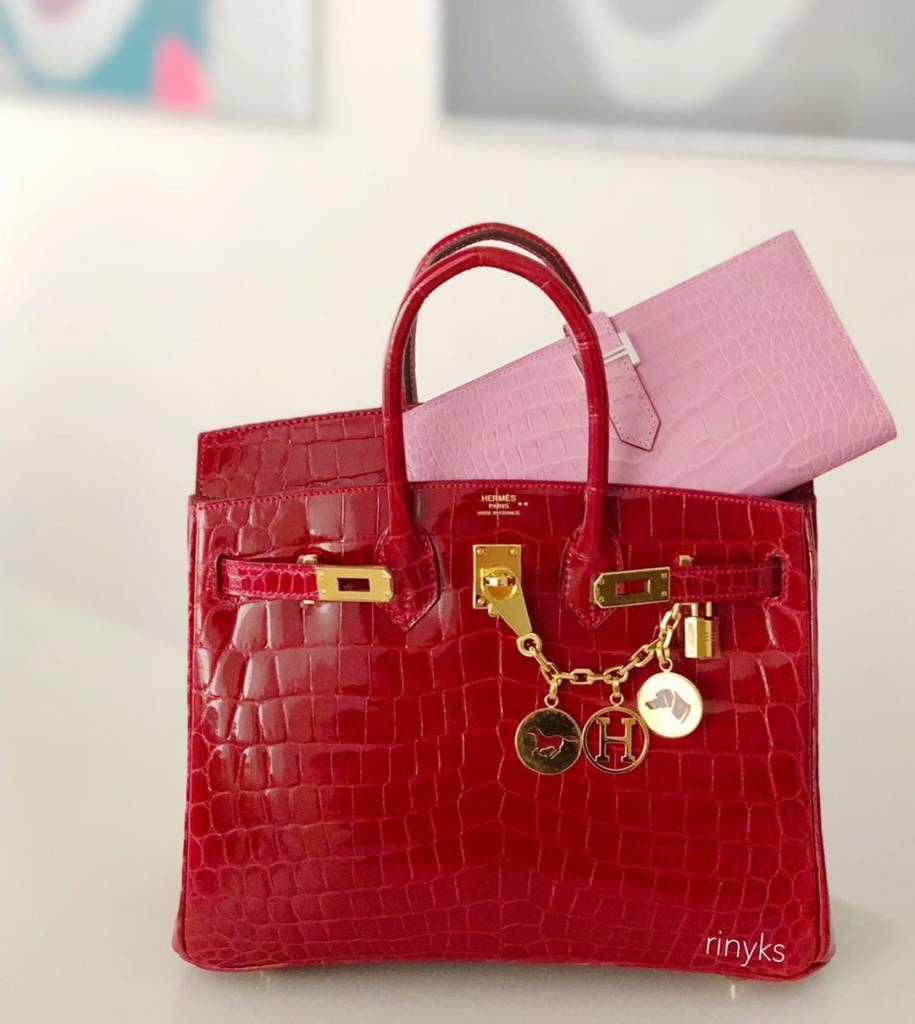
@rinyks
The Luxury Pyramid
Writing for Business of Fashion, head of luxury goods research at Bernstein Luca Solca recently reflected on how consumer demand remains reliant on exclusivity, which is centered on a basic human principle: we want what we can’t have. In fact, the entire luxury business model is based on this concept.
Take the luxury pyramid. This is essentially the business model of luxury brands, where their rare, high-ticket items help to create a brand image grounded in desirability and unattainability. Lower down the pyramid, items are more accessible and less expensive, and they often serve as entry-level pieces, but—crucially—this is where the majority of sales come from.
Hence both exclusivity and inclusivity are inherent to the luxury business model.
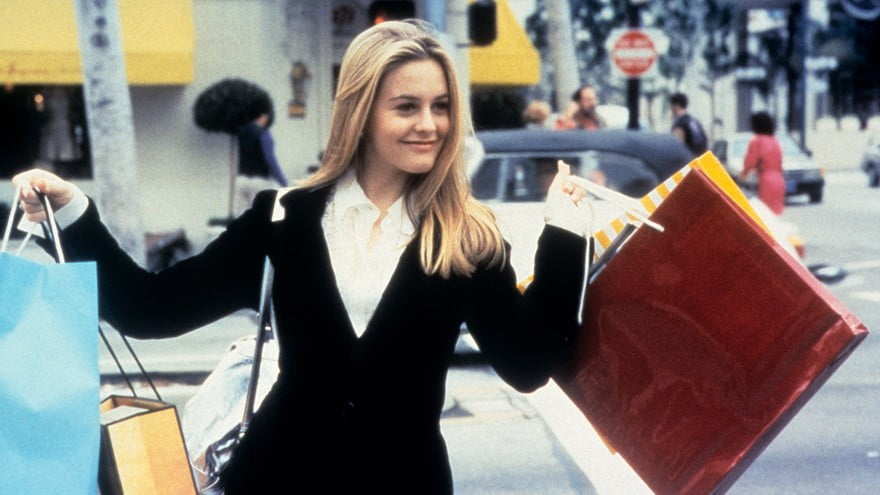
Photo courtesy of Everett Collection.
The Case of Burberry
However, the luxury pyramid model can only work if the overall brand image appeals to their target audience. In the case of the British luxury fashion house Burberry, UK sales plummeted in the early 2000s when their signature camel check pattern—and by extension overall brand image—became associated with so-called “chavs,” a derogatory term for a low-income social group obsessed with brand names. The Telegraph reported in 2004 that in some cases sales dropped by as much as 40 per cent on the previous year!
In the case of Burberry, appealing to what they deemed an undesirable audience wasn’t good for business. But what happens when everyone becomes a brand’s target audience…?
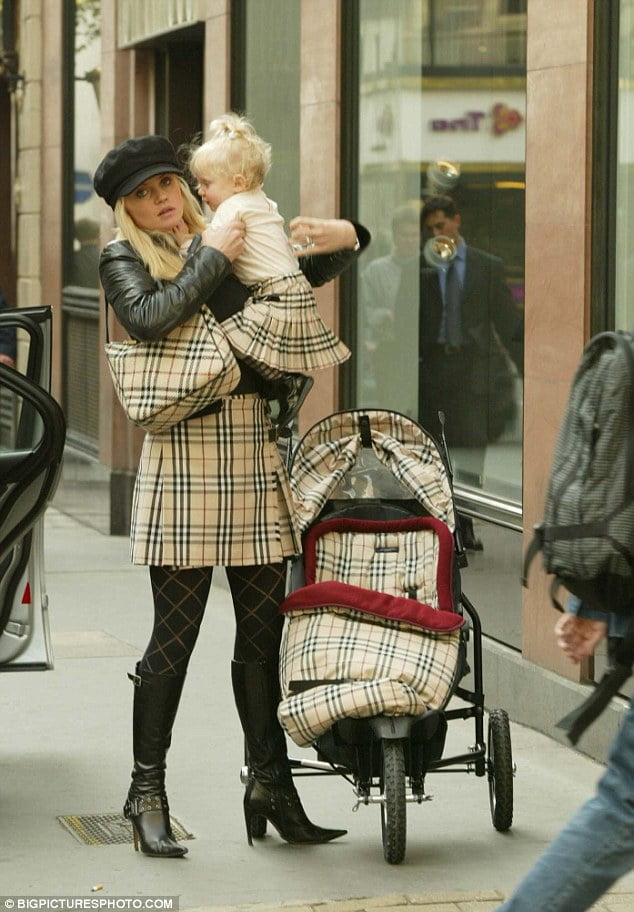
In the early 2000s the Burberry brand became strongly associated with a certain demographic that affected sales. Photo courtesy of bigpicturesphoto.com
What About Hermès & Chanel?
Do luxury brands forfeit their luxury status when their target audience includes everyone? It would seem so. Solca believes the core of any luxury brand’s success is brand associations. Luxury fashion houses such as Hermès and Chanel equate to Parisian luxury in the mind of the consumer.
Would this necessarily be the case if we saw anyone and everyone carrying a Hermès or Chanel bag? It’s safe to assume not. Indeed Hermès and Chanel have been criticized for not being exclusive enough in recent years. Hermès started a new Instagram marketing campaign recently, which a number of fans questioned. And as more people have started carrying Chanel bags, devotees of the brand wonder if the air of exclusivity the classic CC logo once signaled has been damaged.

The beloved Hermès brand. Photo courtesy of @jan_patamapun

Photo courtesy of @arisucookie
Inclusivity & Diversity
Professor of marketing at the Robert H. Smith School of Business, Yajin Wang, has discussed how consumers feel threatened when luxury labels are worn by people they perceive as dissimilar to them, based on demographic, identities or economic status. Sometimes, they even feel compelled to abandon labels they love.
But in the realm of luxury fashion, inclusivity doesn’t necessarily (or usually) mean goods are accessible to people from all financial backgrounds. Instead, it entails appealing to all races, sizes and ages. One way of doing this has been including a wider range of models in advertising campaigns and runway shows. Valentino’s creative director, Pierpaolo Piccioli, views inclusivity as a chance to embrace beauty from all different backgrounds.
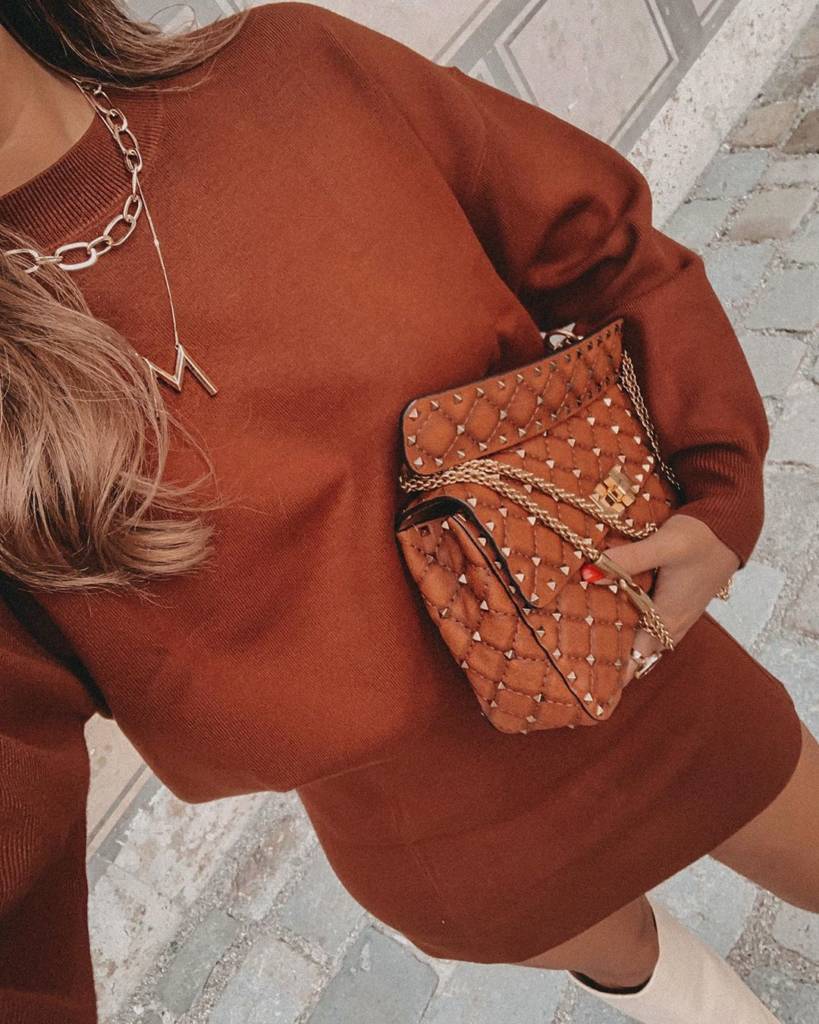
A popular Valentino bag. @mernahermez
The Example of Valentino
Piccioli believes his choice for the new face of Valentino, 19 year old South Sudanese model Adut Akech, embodies “the opulence of diversity”. And Piccioli’s choice isn’t a one-time deal. The designer has been fully committed to racial diversity for the brand for some time now: for Valentino’s Spring/Summer 2019 couture show 48 of 65 models were black.
Picciolo describes the people in the audience at his shows as “all different, all valid”, a simple yet strong message on inclusivity.
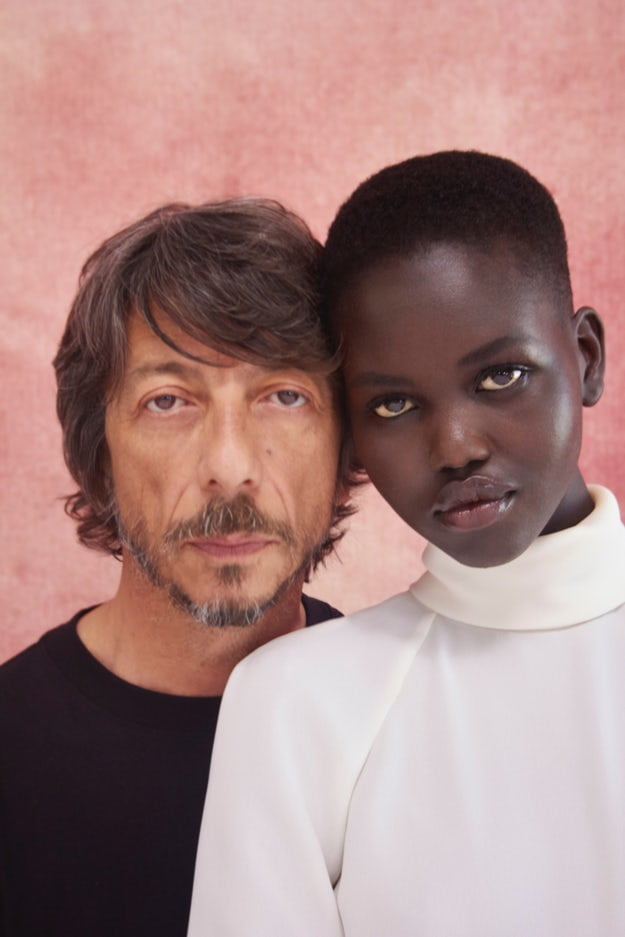
The designer and model duo – Pierpaolo Piccioli and Adut Akech. Photo courtesy of Ruth Ossai.
Valentino isn’t alone in its bid for inclusivity. Brands such as Micheal Kors and Christian Siriano have been praised for using plus-size models in their runway shows.
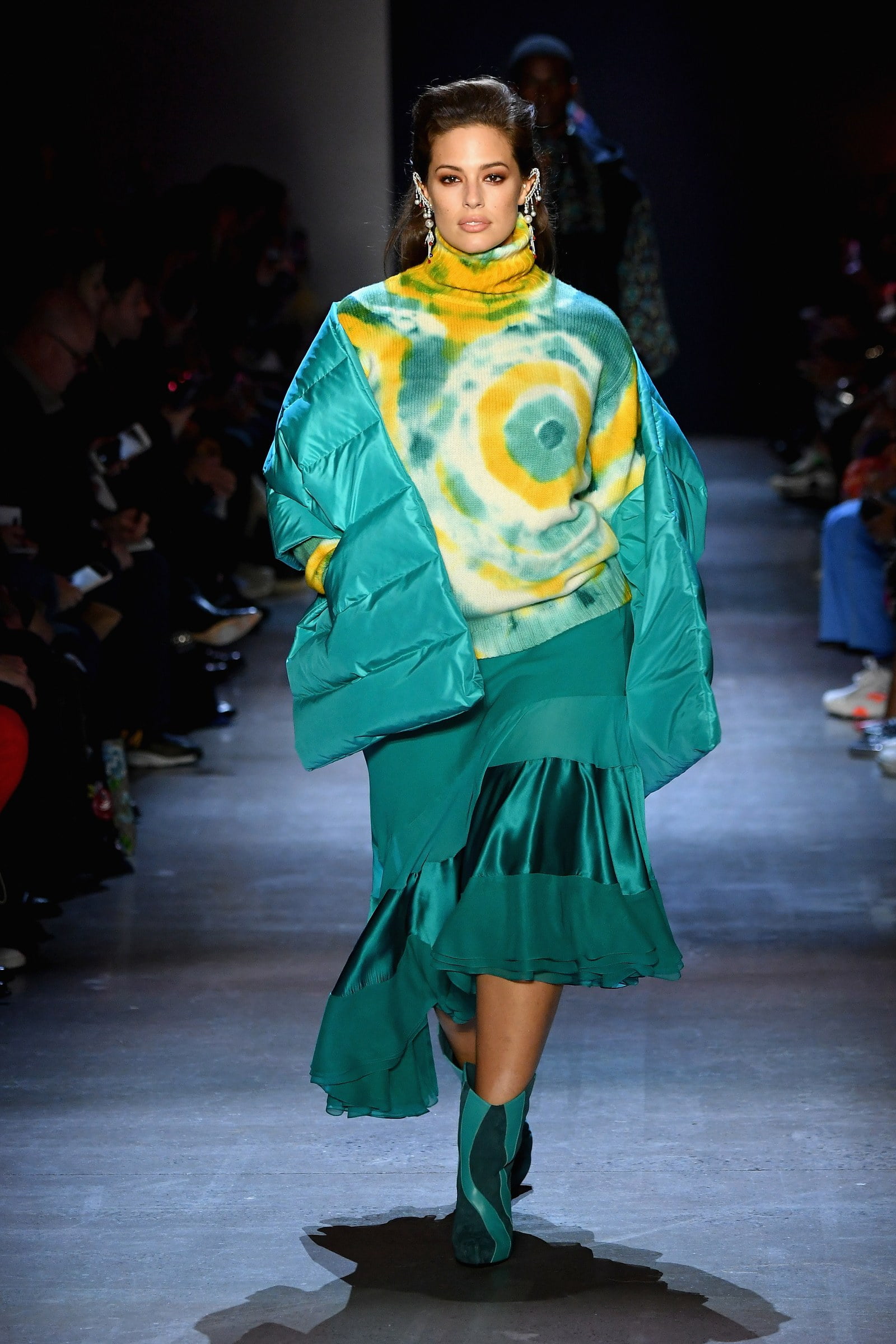
Plus-size supermodel Ashley Graham walking for Prabal Gurung. Photo courtesy of Mike Coppola.
Recap
In that BoF article, Solca ultimately questioned why it has become fashionable for luxury brands to embrace inclusivity. Exclusivity is at their core!
Could it perhaps come down to the secret desire of consumers to unknowingly want both? There is certainly something alluring about a brand so luxurious it seems unattainable. . .and yet it manages to represent a wide section of society in its ad campaigns and runway shows.
Could greater race and size inclusion be the type of inclusivity that luxury fashion brands need? True luxury fashion is never going to be attainable to the masses. It’s in its very nature to be highly priced. However, when it comes to race, body type and age, luxury fashion may be lagging behind if it doesn’t strive for greater inclusivity.
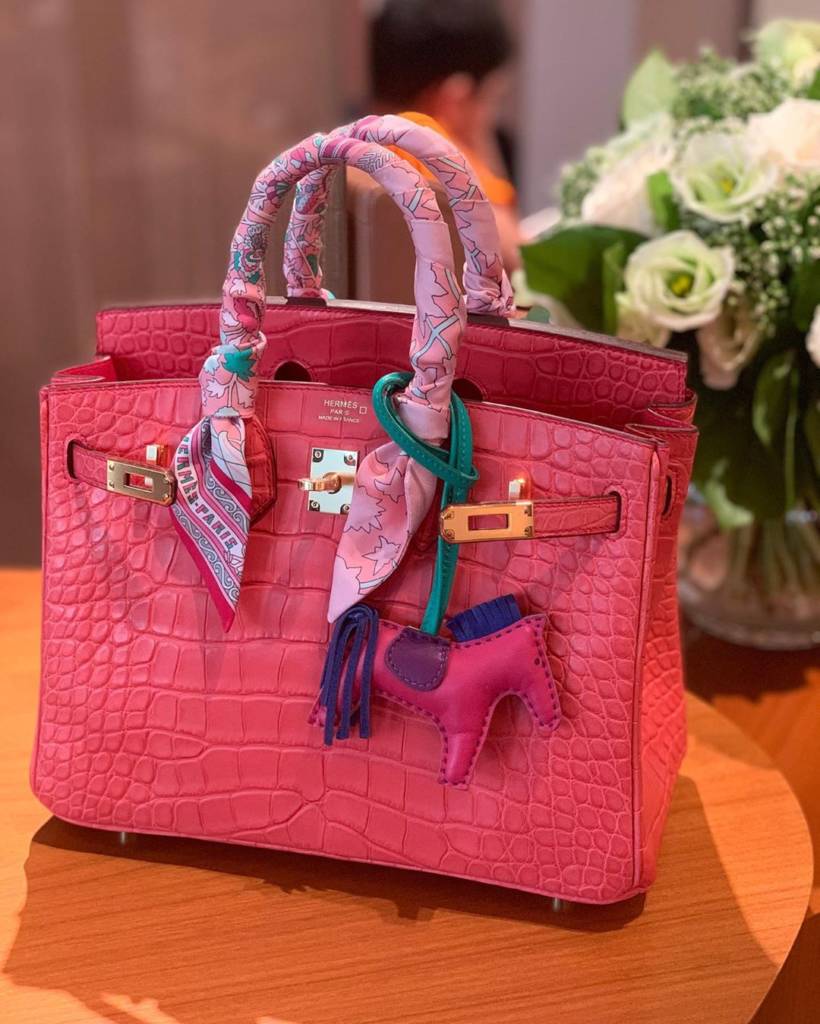
An exotic B is synonymous with exclusivity. @jan_patamapun
What are your thoughts on exclusivity within luxury fashion? Can luxury brands really be both exclusive AND inclusive? Would you ever give up buying your favorite brand if you felt too many people were wearing it? And where does Hermès fit into all of this? Let us know your thoughts.
Read related articles:
Are Handbags No Longer Big Business for Luxury Brands?
Does Hermès Cheapen Its Brand With The Sales?
Luxury in the Age of Millennials
Love, PurseBop
XO
Updated: November 13th, 2019



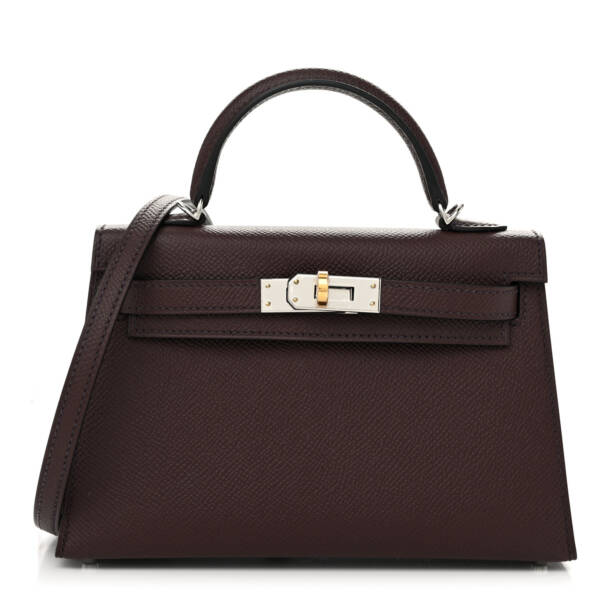
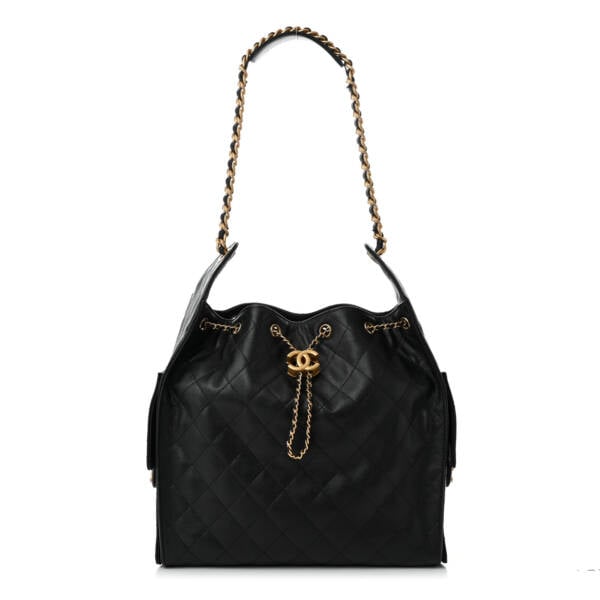
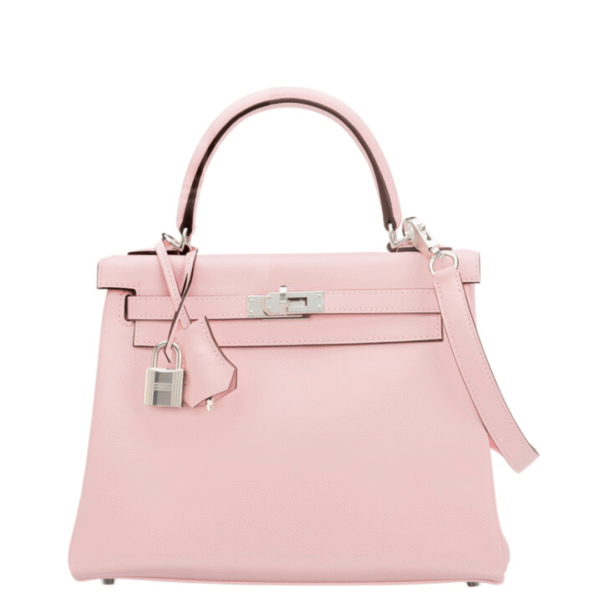
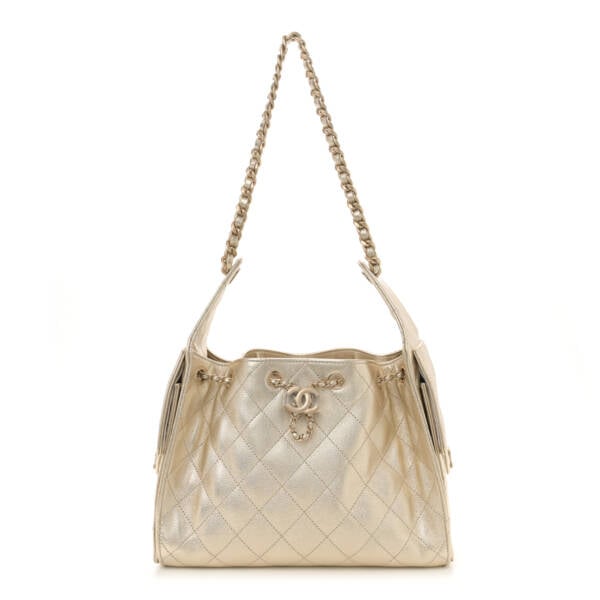
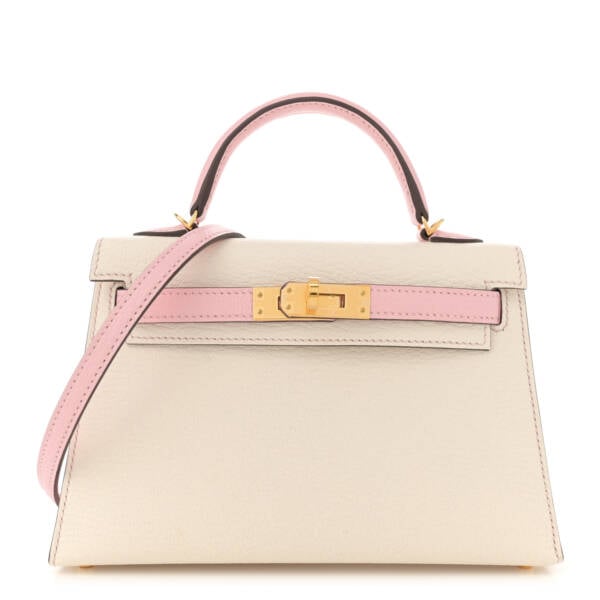
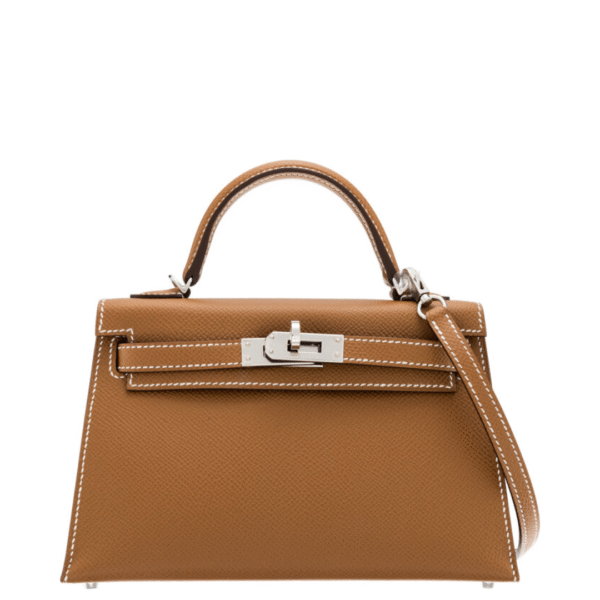
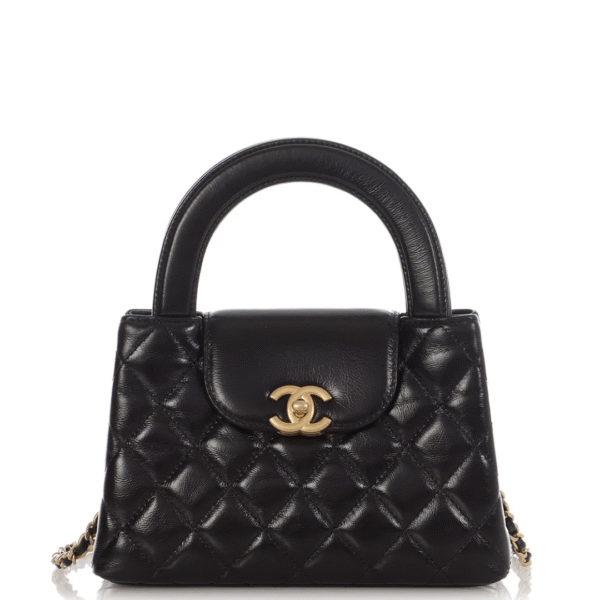
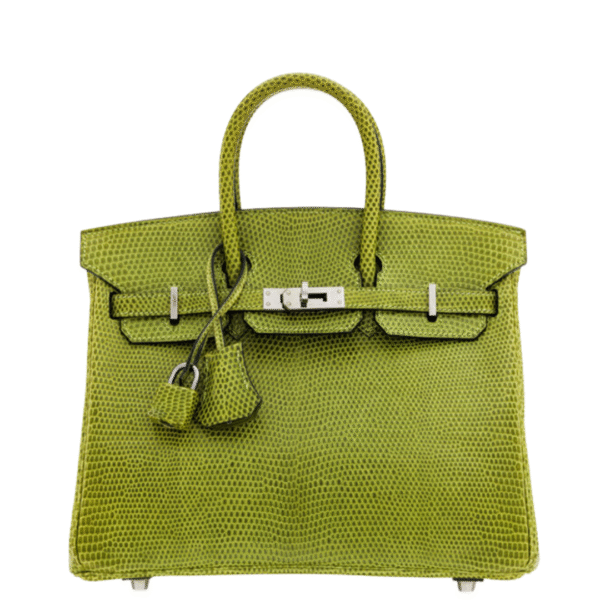
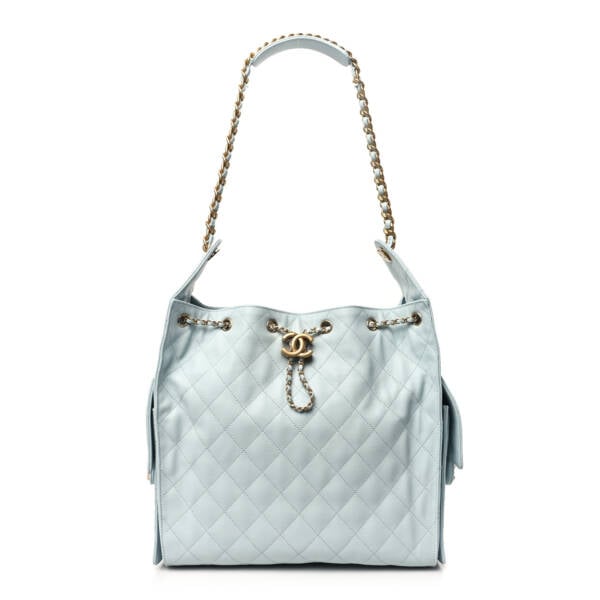
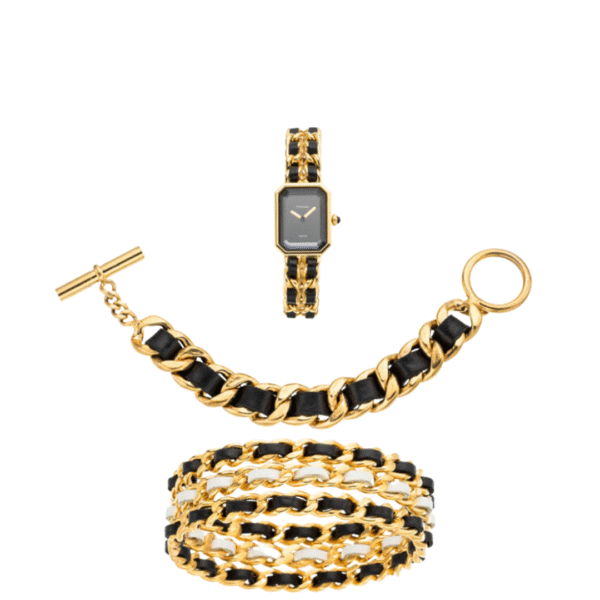
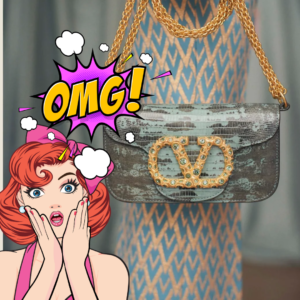
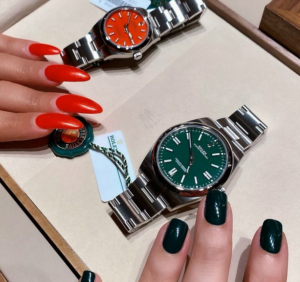
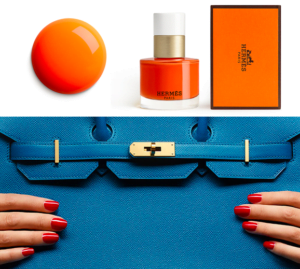
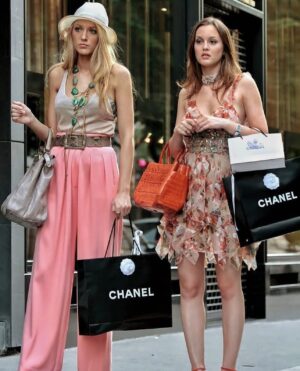
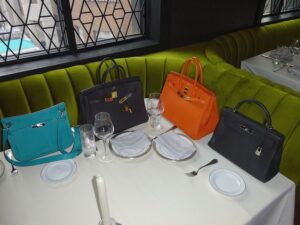


Comments